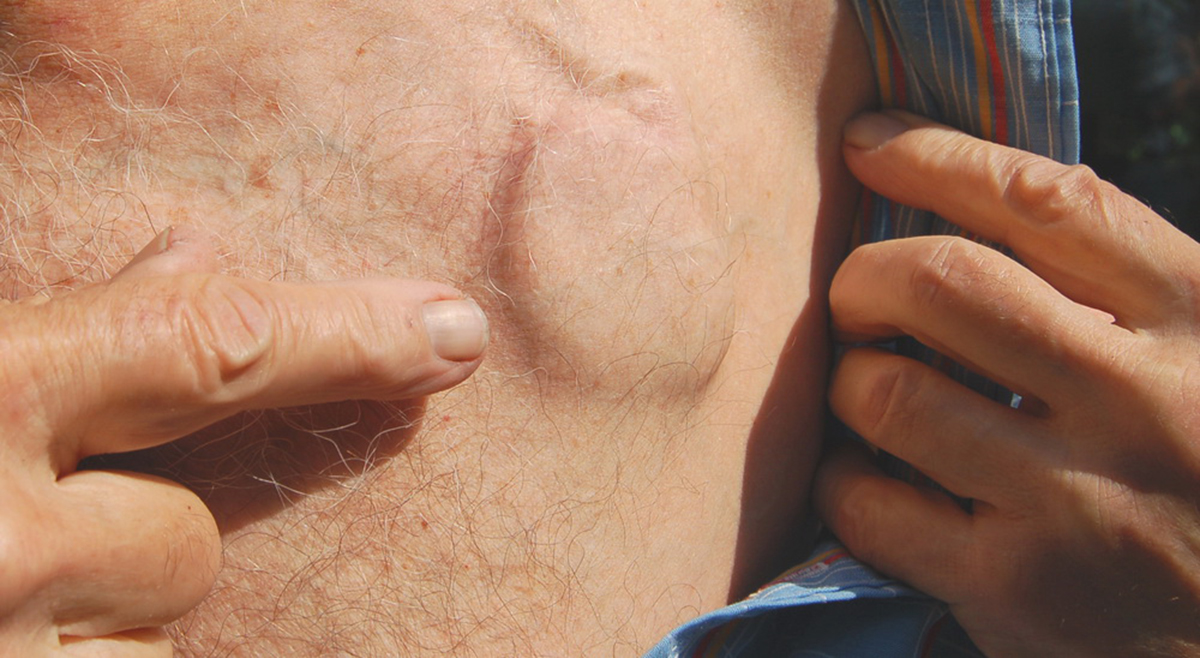Table of Contents
Traditionally, pacemaker and ICD patients see their doctors once every 3 to 6 months to assess their heart health and to make sure their devices are charged and working. At these clinic visits the doctor downloads data from the pacemaker or ICD that gives a good picture of changes in the heart and changes, if any, in the performance of the devices. Between office visits, however, the doctor does not have access to any data from the pacemaker or ICD. It is not possible to detect problems before they present symptoms, which for implanted cardiac device patients, may include death.

The website logs data about the device and about the heart and software notifies the doctor if there are potentially dangerous trends in either the function of the device or the function of the heart. It isn't necessary to call the doctor's office to do the data download. It's only necessary to have an implanted device capable of remote monitoring and an Internet connection.
The Lumos-T Safely Reduces Routine Office Device Follow-Up (TRUST) study recruited 908 recipients of implantable cardiac devices that had remote monitoring capability and 431 recipients of cardiac devices that did not for 1 to 4 years of follow-up. Average age of patients in both groups was 63 to 64 years. Ninety-seven, or about 7%, of the patients had already survived at least one cardiac arrest. Participants in the study were located all over the United States, and received care from 102 different medical centers.
The TRUST study found that remote monitoring was not a perfect system, but it holds significant advantages over conventional follow-up care:
- Without remote monitoring, problems with the heart or with the device may not be detected for six months. With remote monitoring, the doctor is notified within 24 hours.
- With remote monitoring, patients with implanted devices were 45% less likely to need to be hospitalized and 100% less likely to need quarterly office visits just to check the device.
Adverse events, including heart attack, stroke, and death, were not significantly different between the two groups, even though the "sicker" patients were more likely to have been given a remotely monitored device.
See Also: Stent Or Bypass: Which Is Better For Treating Heart Disease In Diabetics?
It's still necessary actually to go in and see the doctor to get changes in the settings of the device, a new prescription for antiarrhythmia drugs, or repairs to leads. You have to pick up the phone when your doctor's office calls.
It's also important to understand that equipment-related problems are more likely the longer you have the device. You may not need to see the doctor as often when you have a remotely monitored cardiac device, but it becomes even more important to keep your appointments. Working with your doctor, however, this technology can improve your quality of life and your longevity. Ask about remote monitoring before you get a pacemaker or ICD or you have surgery to have them replaced.
- Mittal S, Piccini JP, Fischer A, et al. Increased adherence to remote monitoring is associated with reduced mortality in both pacemaker and defibrillator patients. Heart Rhythm Society 2014 Scientific Sessions, May 8, 2014. San Francisco, CA. Abstract LB01-05.
- Photo courtesy of Steve Winton by Flickr : www.flickr.com/photos/winton/2015221291
- Photo courtesy of juliaf by FreeImages : www.freeimages.com/photo/799205


Your thoughts on this